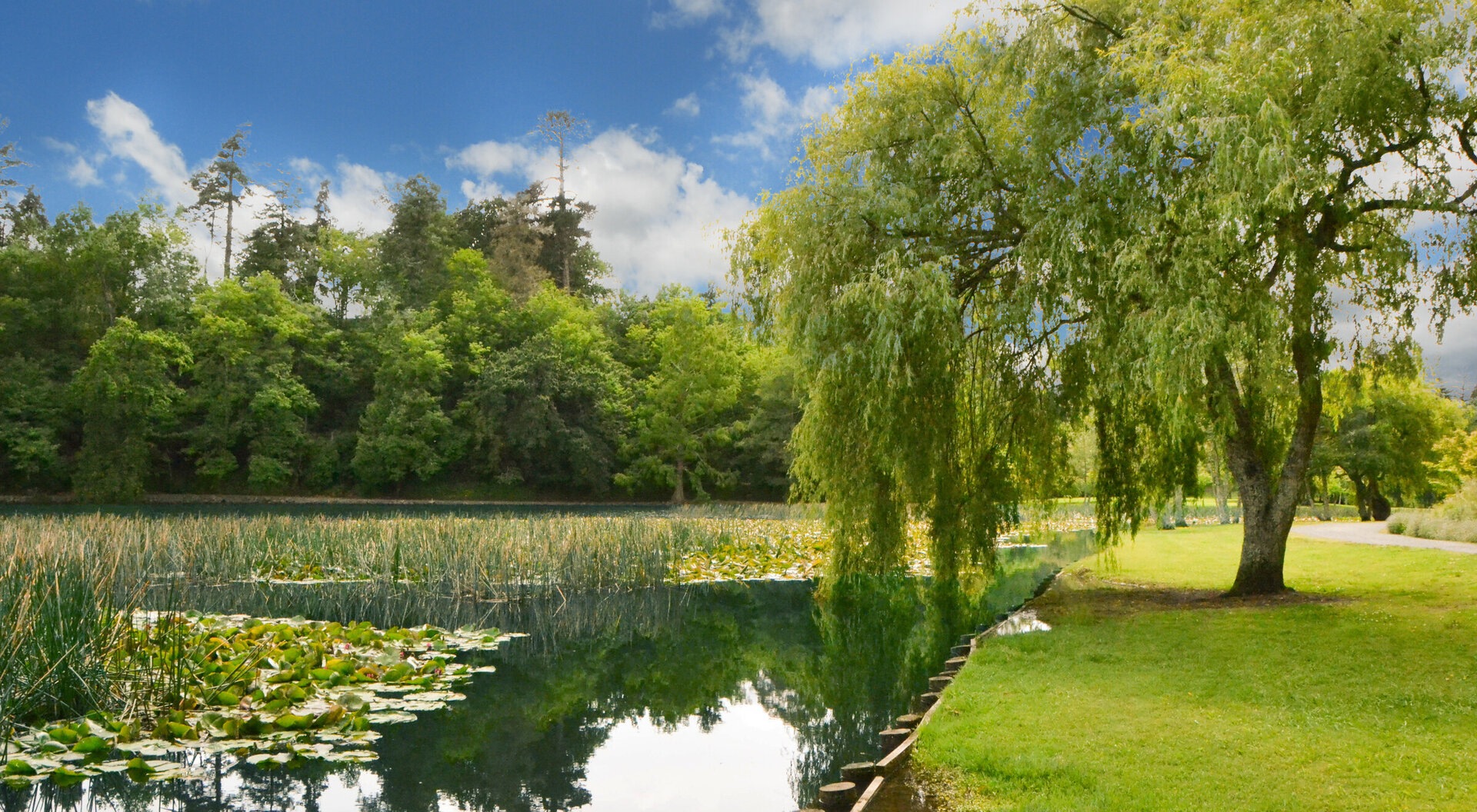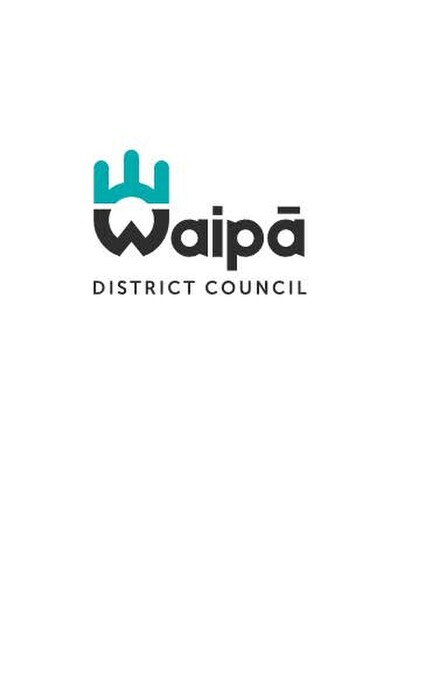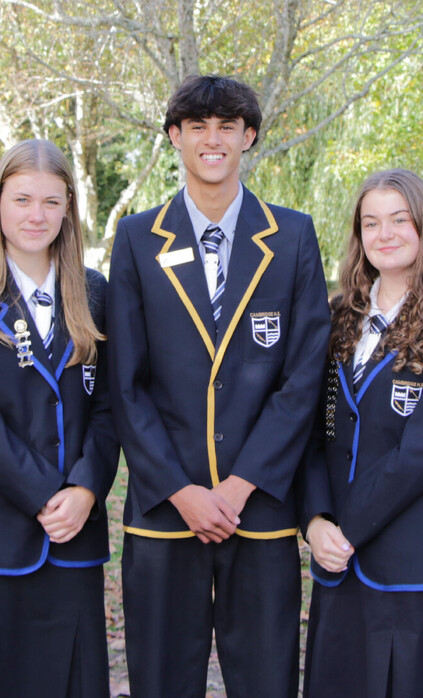Te Koo Utu House Story
Te Koo Utu
Te Koo Utu: I te hee te tuhinga o te ingoa i mua ko Te Koutu hei kuurae whenua. Ko te ingoa tika ko Te Koo Utu moo te utuutu o te wai ki te kanohi o te tangata, aa i peenei te mahi a Taawhiao i ngaa waa e toimaha ana ia, kia whakarewa hoki i toona Mana Maaori Motuhake. He rongoaa te wai ki taa te Maaori titiro. Naana te Paremata Maaori i whakatuu ki Maungaakawa, naana te peeke i tīmata i Maungatautari, naana te niupepa Maaori i whakarite ki Te Awamutu, kia kite ai te ao he Mana Maaori Motuhake i roto i toona rohe. Ko Te Koo Utu te wai i roto i te tongikura o Taawhiao e paa ana ki toona Oko Horoi o Kemureti, ara te waahi pouri a Taawhiao, heoi anoo he waahi motuhake ki a ia i toona waa hei Kiingi. Kei teenei waahi hoki te puna o Taawhiao.
Te Koo Utu; was mistaken for Te Koutu; meaning a jutting peninsula. The correct name is koo utu or koo utuutu which means to scoop water as in washing one’s face. Taawhiao utilised the waters of Te Koo Utu to relieve his sadness and revive the principle of Mana Maaori Motuhake. This amplifies the notion of the healing power of water in Maaori philosophy. He went on to establish his own Parliament at Maungaakawa, his own bank at Maungatautari, and his own Newspaper at Te Awamutu, in an effort to cement self- determination for his people. Te Koo Utu is a further reminder of the proverb by Taawhiao that showed the significance and importance Te Oko Horoi o Kemureti, the wash-bowl of sorrow located in Cambridge, has during his reign as King. It is also believed that “te puna o Taawhiao” or “the spring of Taawhiao” is located in this area.
Copyright: Ngāti Koroki Kahukura Trust and Ngāti Hauā Iwi Trust, 2015.





